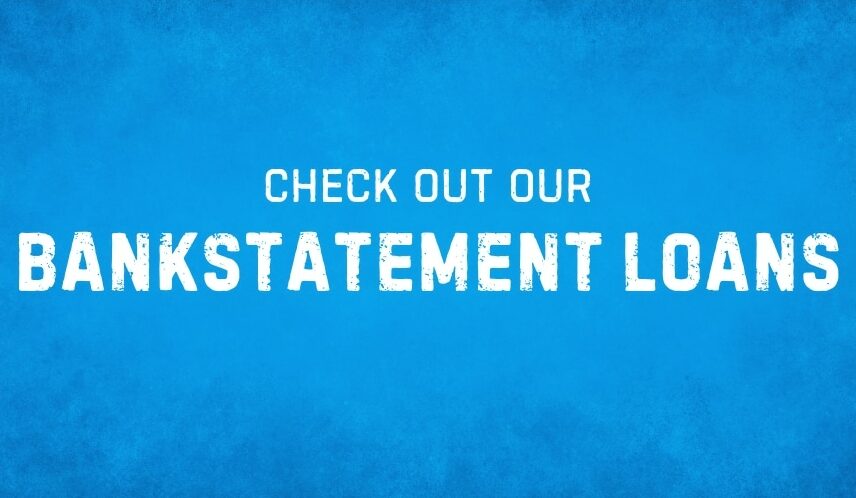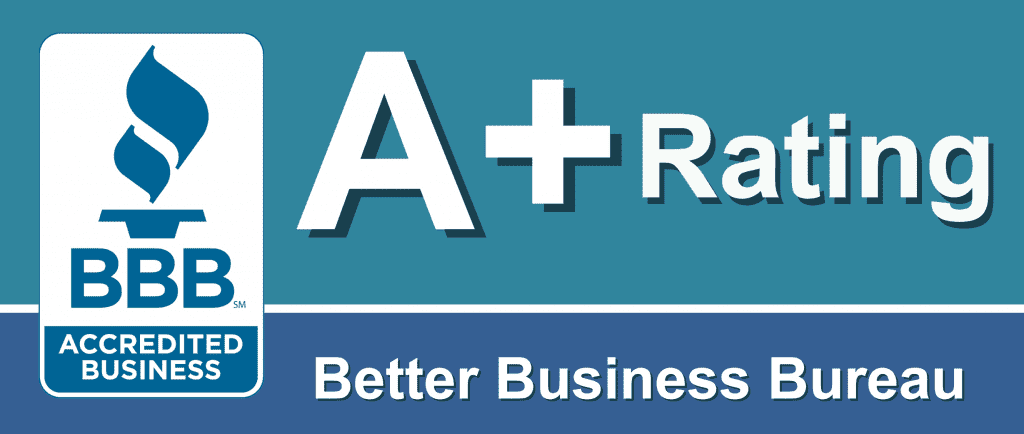
Down Payment For A House, Ten Ways To Save
With all the expenses people have each month, setting aside money so that you have a down payment for a house may seem almost impossible. You have rent, a car loan payment, maybe a gym membership, dinners out, and more. However, if you have a clear plan set up with a specific goal, you can save enough money to make a down payment for a house.
And the more money you have for a down payment, the more home loan program options you’ll have as a first-time homebuyer.
Homeownership is one of the best ways to build wealth, so with a little sacrifice now, you’ll be better off financially later in life. So check out these suggestions, and remember, it’s never too late to save money!
Saving money and buying a home
Every month, we have important decisions to make. We have necessary expenses like food and shelter along with unnecessary expenses (like a Starbucks latte). Here are ten ways to help you make a plan to save money so that you have a down payment on a house.
Create A Budget
Creating a budget to help you with a down payment for a house is the first and most important step to take when you are trying to save money each month. If you are not sure how to create a budget, then use one of the many online resources available to consumers. Creating a budget will also help homebuyers decide how much house they can afford.
Here are some quick tips on setting up a budget;
- Write down how much money you take home each month (make sure it’s exact)
- Gather all your bills, every single one, and then write down your total expenses for these items
- Review one to three months of spending habits (i.e., food expenses, dinners out, etc.)
- Subtract all your expenses, including general spending, and see how much money is left over
- Go back and find ways to reduce expenses and spending to create your final budget.
Once you have your budget, stick to the plan you’ve established. Without a budget, you won’t reach your goal of saving for a down payment.
Establish A Savings Goal
Now that your monthly budget is in place, it’s time to establish a savings goal. A down payment on a house cannot be achieved unless you set a clear and realistic savings goal.
Can you set aside 5% or 10% of your income so that you can build a down payment for a house? Whatever the percentage is, you can save and still have a good quality of life. That’s what you’ll want to do.
You might have to make some tough decisions and reduce your spending in areas of discretionary income and vacations.
Open A Special Savings Account
The best way to ensure you save money is to set up a separate “Down payment for a House” account. Don’t try to save money in your checking account; it makes saving more difficult.
When money is in a separate savings account, you are less likely to use it for other things, and you’ll see it grow each month.
Also, look for an account that pays interest so your savings can grow faster.
Should I Invest In The Market With My Savings?
No, absolutely not. The point of this is to save money, not risk money. If your savings are invested in stocks, and the market sells off significantly, that could set you back years. If you want to earn more than the rate of interest in a savings account, I suggest buying a Certificate of Deposit that rolls over every six to twelve months.
Your returns will be higher than in a savings account, and there is much less risk when compared to investing in the stock market.
Automate Your Monthly Savings Amount
Automating your monthly savings is a great and easy way to ensure you save a certain percentage of your monthly income. This simple step will make saving your down payment more convenient, and it will help you to save more consistently.
Reduce Your Monthly Expenses
The next step is to look for ways to cut back on your expenses so that you can save more money each month. This could include things like canceling subscriptions, reducing your grocery budget, or cutting back on dining out.
The list of expenses you created in the first step is where you want to determine which expenses can be reduced each month. If you are having trouble adjusting your expenses, you can enlist the help of a friend or family member.
Remember, every little bit helps so even if you can shave off $100 dollars, that will be a step in the right direction.
Use A Savings App
There are so many Apps out there that it can get a bit overwhelming at times; however, having a specific savings app might be the best way to help you save money. Seeing your money grow and potential opportunities to save money might be a big help during the process.
Get A Roommate
This might be the best way to save money each month. If your monthly rent for a one-bedroom apartment is $1500, look at getting a two-bedroom or three-bedroom apartment with someone. You might see a savings of $500 or more per month!
That’s an additional $6,000 (or more) per year into your down payment for a house savings account. Over three years, you’ll have an extra $18,000 available in your down payment fund.
Apply For A Higher Paying Job
Are you currently underpaid for your job? You might consider looking for a new job to increase your monthly income. With a higher monthly income, you’ll be able to save more money each month.
Have A Side Gig
Having a side gig to generate more income is a fantastic way to get you to your goal faster. Here are some suggestions to consider;
- Turn a childhood or adult hobby into a source of income. Do you collect sports cards, or do you have a collection of old vinyl records? Use your knowledge and items you have into a business on Ebay.
- Are you an expert in a certain area, let’s say bird watching? Use that knowledge to create a website and monetize it with ads.
- Then there are active the more active side gigs such as Lyft, Uber, and Doordash. These are great ways to make extra income.
Be creative with your side gig. Whatever you choose to do, make sure your expenses are low and well below the income you are earning from your second job.
Be Prepared For The Unexpected
Sometimes bad things happen in life. It could be a flat tire, you might get fired from your job, or something significantly more severe. While saving for your down payment, you still need to make sure you have an emergency account in case something unexpected happens.
Having a separate account with three to six months of emergency savings is the smart thing to do in case something unexpected happens.
Do You have a question or need a quote?
Contact KevinLow rates, fast closings, and exceptional service.
The down payment for a house savings program is doable
I said it before, and I’ll say it again: it’s never too late to start saving money. If you want to own a home, a place to call your own, then start saving now. Follow these ten steps and stay committed to the process.
After a few months of following the program, you’ll start to see that it’s easier than anticipated, and eventually, you’ll have your down payment for a house.
















